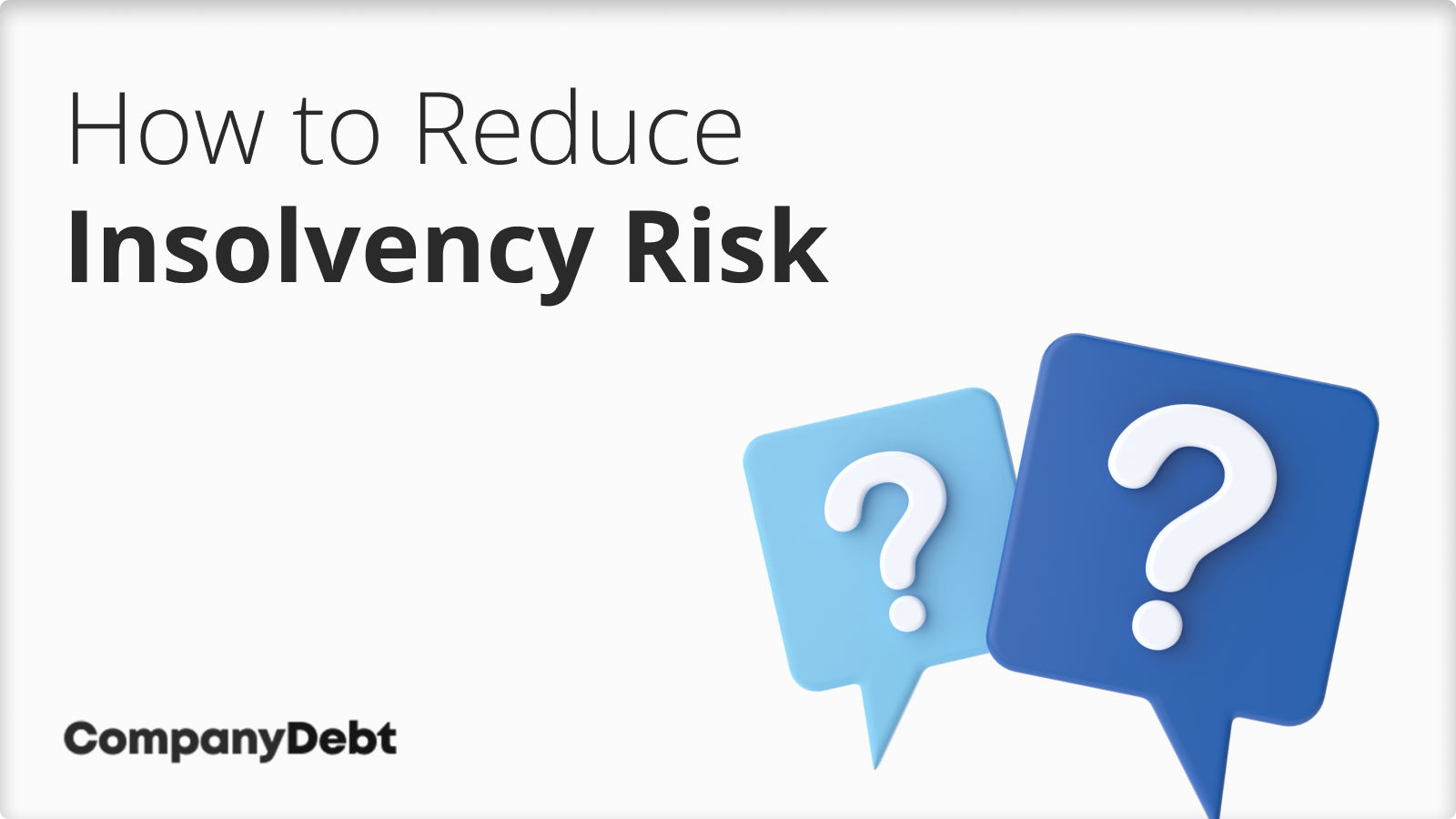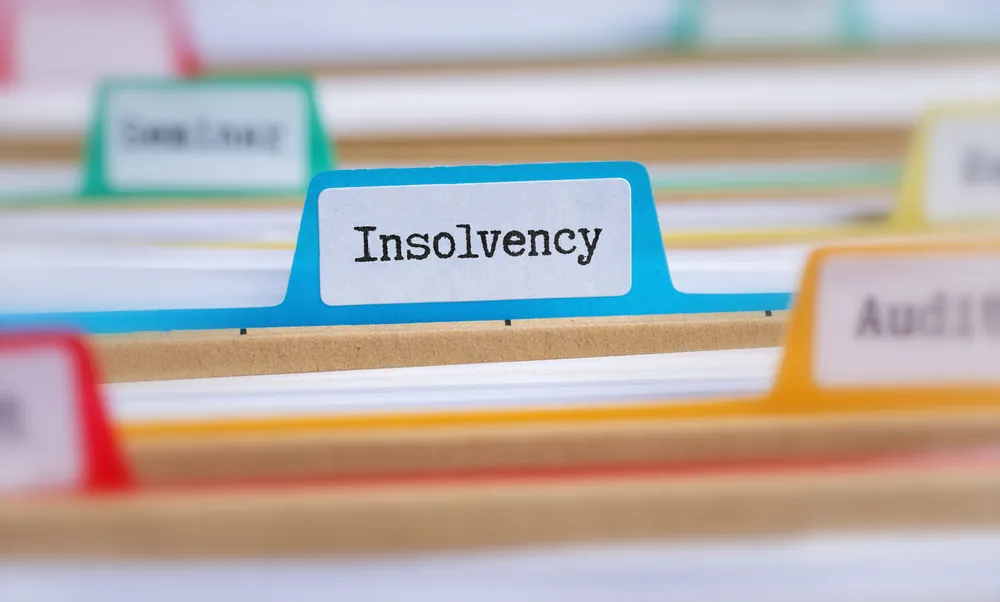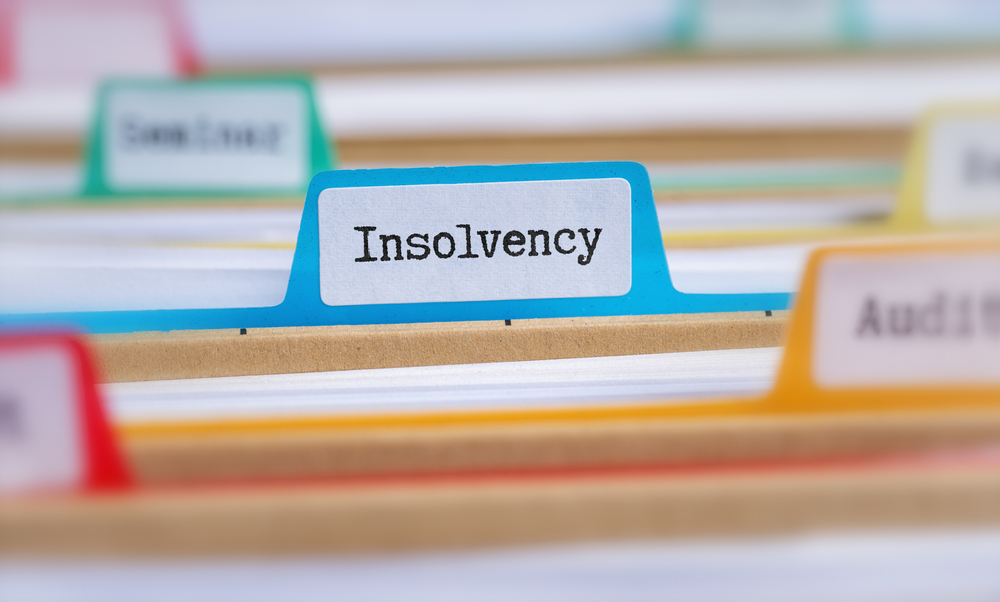
How to Reduce Insolvency Risk
How to Reduce Your Company’s Risk of Liquidation?
If your company is close to the tipping point into insolvency, you’ll need to act carefully and with a clear understanding of your legal responsibilities.
With expert guidance, it’s entirely possible to avert disaster, even at a late stage, and restore a business to profitability. Here is some guidance on how to best achieve a swift reduction of your risk levels.
Seek Professional Insolvency Advice
Consult with a licensed insolvency practitioner (IP) such as ourselves who can assess your company’s financial situation and provide guidance on the best course of action. We can help you explore options such as company voluntary arrangements (CVAs) or administration, which may allow your company to continue operating while addressing its financial issues.
Consider a Company Voluntary Arrangement (CVA)
A CVA is an agreement between your company and its creditors to pay off debts over a fixed period. This can provide breathing space and allow your company to restructure its debts while continuing to trade
Explore Administration
Administration is a formal insolvency process where an administrator is appointed to manage your company’s affairs, business, and property. The administrator’s goal is to rescue the company as a going concern, achieve a better result for creditors than liquidation, or realise property to make a distribution to secured or preferential creditors.
Negotiate with Creditors
Engage in open and honest communication with your creditors. They may be willing to renegotiate payment terms, extend deadlines, or even write off a portion of the debt if they believe it will improve their chances of recovering some of their money.
Secure Additional Funding
If your company has a viable business model but is facing temporary cash flow issues, consider seeking additional funding from investors, banks, or alternative lenders. However, be cautious about taking on more debt if your company is already struggling to meet its obligations.
Restructure your Business
Analyse your company’s operations and identify areas where you can streamline processes, reduce costs, or improve efficiency. This may involve downsizing, renegotiating contracts, or shifting focus to more profitable products or services.

Assessing your Insolvency Risk
As a company director, you have a legal duty to monitor your company’s financial position and take appropriate action if insolvency appears likely. This isn’t just good business practice; it’s a statutory obligation under the Companies Act 2006 and the Insolvency Act 1986.
Your primary focus should be on the ‘cash flow test’ and the ‘balance sheet test’ for insolvency. The cash flow test asks whether your company can pay its debts as they fall due, while the balance sheet test examines whether your company’s liabilities exceed its assets.
To conduct these tests effectively:
- Review management accounts monthly, not just year-end statements
- Maintain rolling 13-week cash flow forecasts
- Monitor key financial ratios, particularly the current ratio and quick ratio
- Keep detailed records of all board decisions relating to financial matters
Be alert to ‘wrongful trading’ risks. If you knew, or ought to have concluded, that there was no reasonable prospect of avoiding insolvent liquidation, yet continued to trade, you could be personally liable for the company’s debts.
Remember, your duties shift when insolvency threatens. You must act in the best interests of creditors, not shareholders.
What are my Options if it Seems Liquidation is Inevitable?
If liquidation seems inevitable, it’s crucial to seek professional advice from experts like us who specialise in helping companies navigate financial difficulties. We have extensive experience in assisting companies facing insolvency and can provide tailored advice based on your specific circumstances.
During working hours, you can use the live chat feature on our website or call us directly on 0800 074 6757.
We have the expertise and experience to assess your company’s position, explain your options, and guide you through the process of dealing with insolvency.
Our mission is to help directors find the best possible solutions to business debt. Please call our UK Directors Helpline on 0800 074 6757 for the free advice and immediate expert assistance. Or just click into the live chat during working hours.








